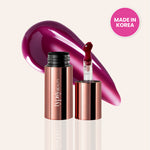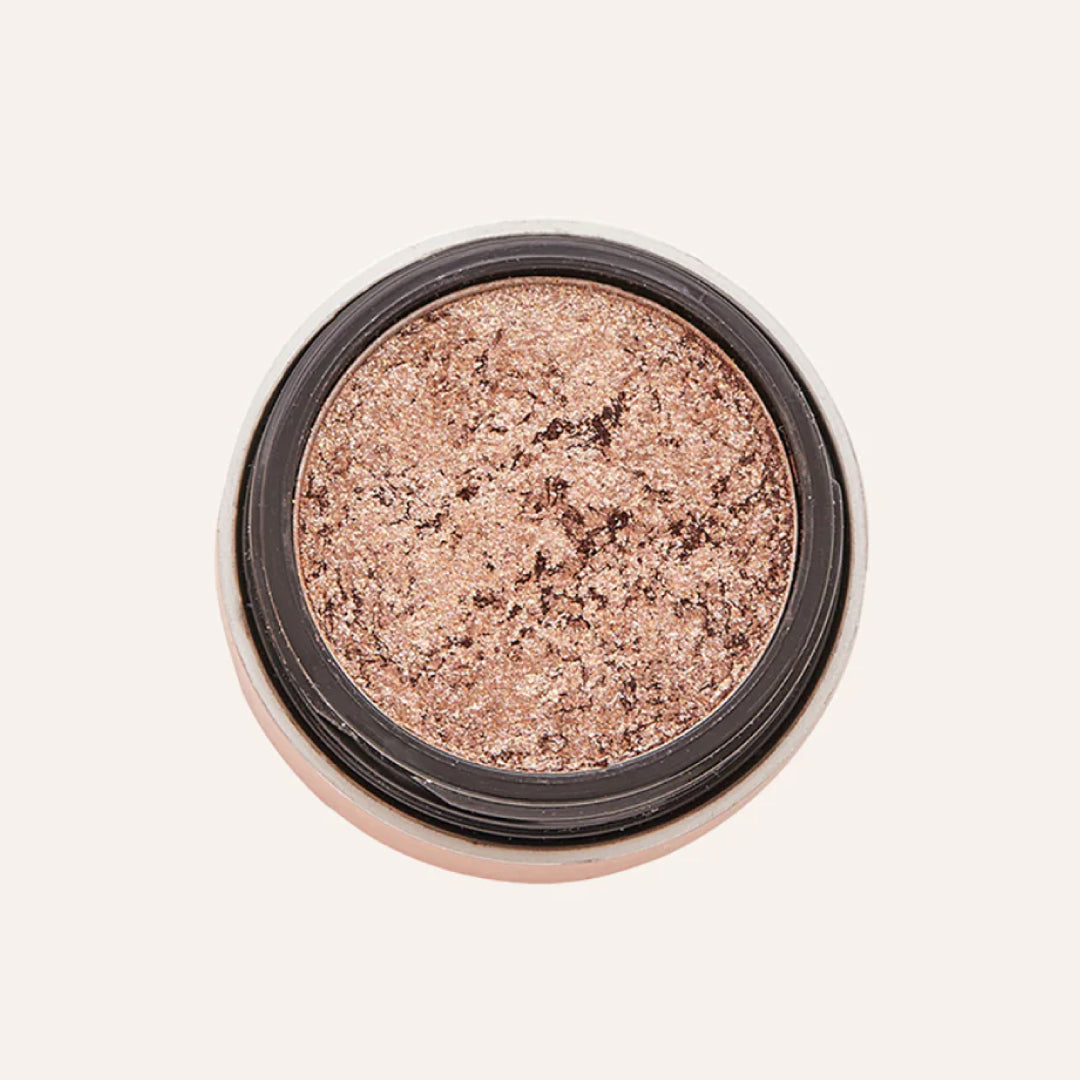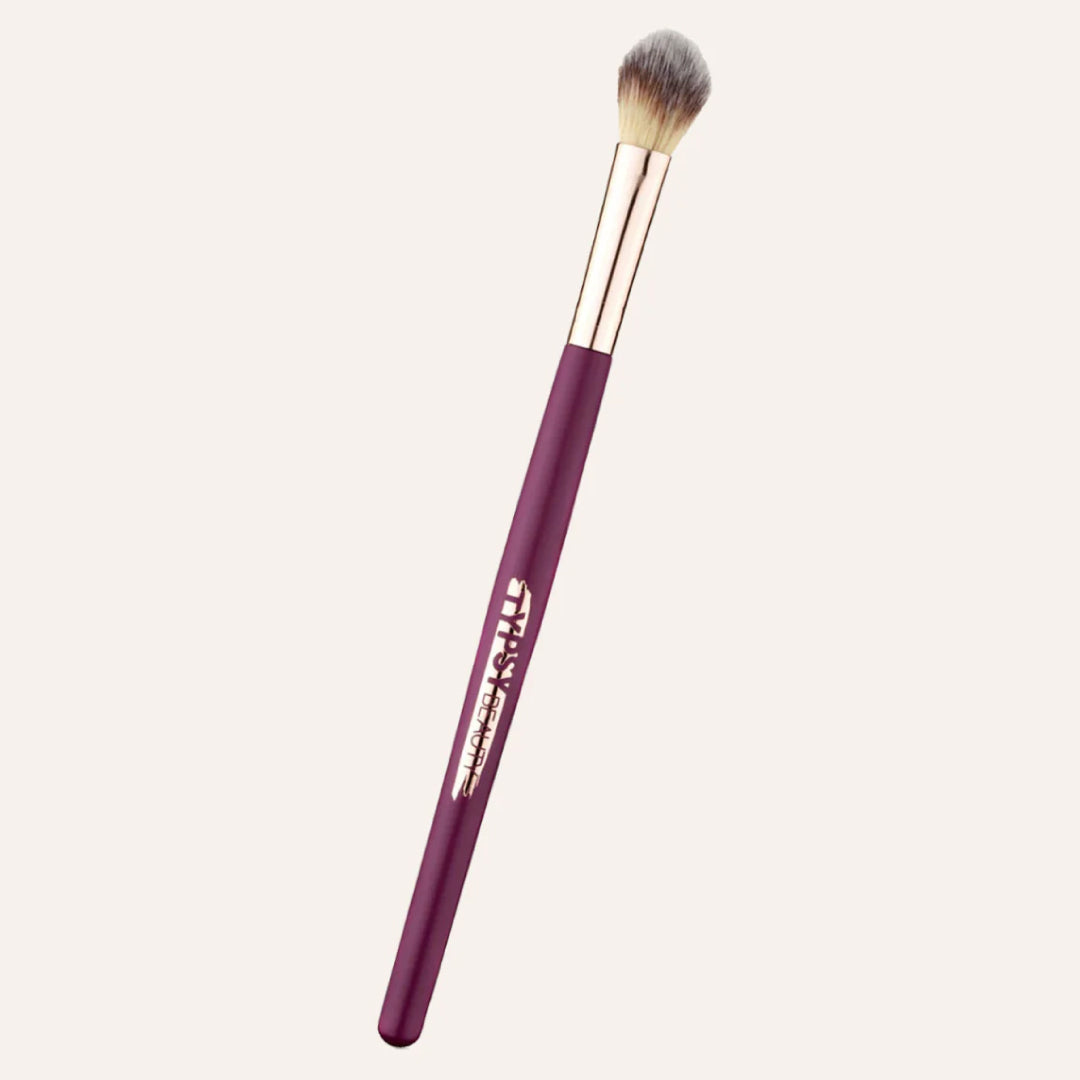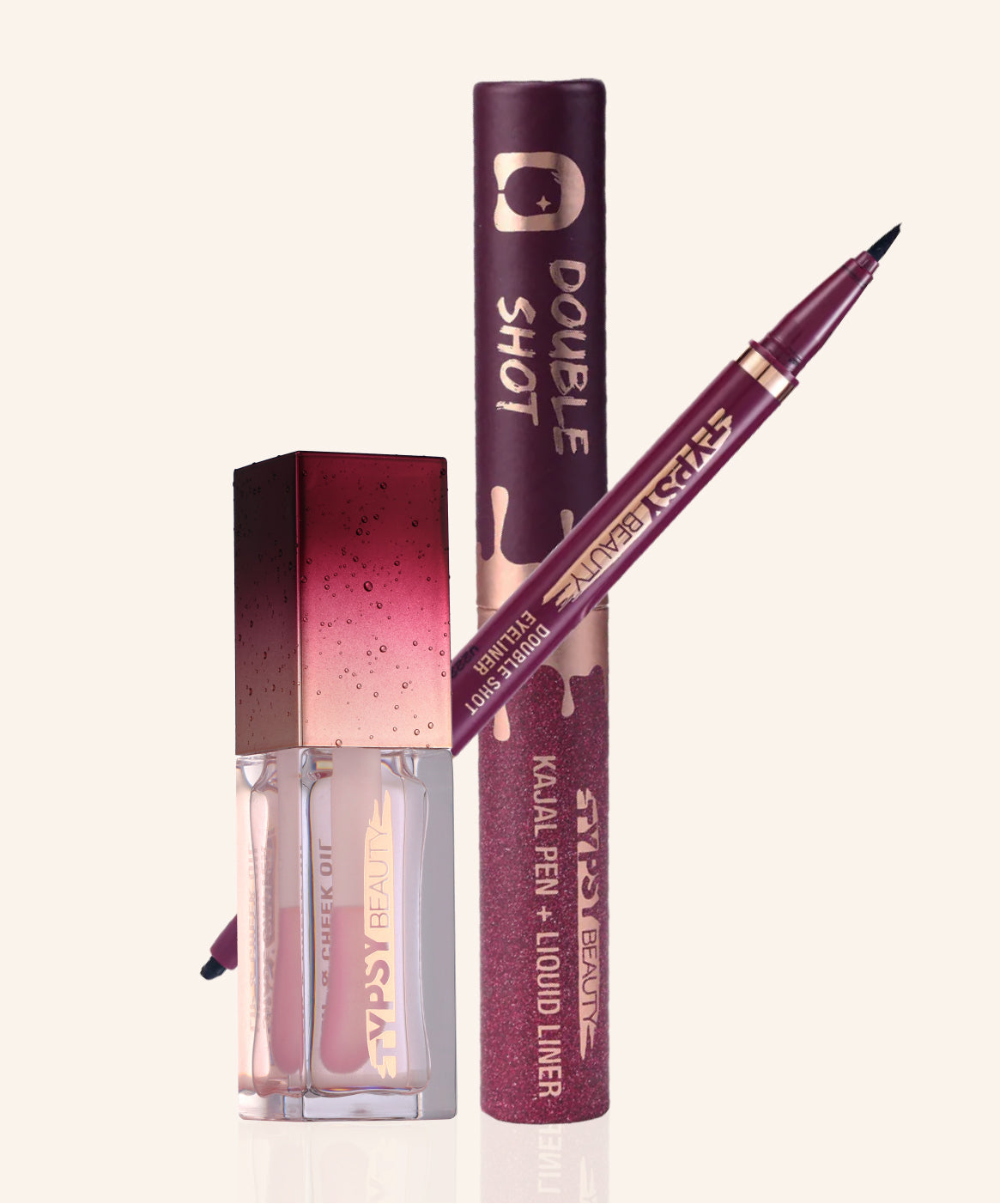- Buy More, Save More
- Flat 450 Off above 1799 | Flat 250 Off above 1399
- Buy More, Save More
- Flat 450 Off above 1799 | Flat 250 Off above 1399
- Buy More, Save More
- Flat 450 Off above 1799 | Flat 250 Off above 1399
- Buy More, Save More
- Flat 450 Off above 1799 | Flat 250 Off above 1399
- Buy More, Save More
- Flat 450 Off above 1799 | Flat 250 Off above 1399
- Buy More, Save More
- Flat 450 Off above 1799 | Flat 250 Off above 1399
How to Use a Beauty Blender: Step-by-Step Guide
Maya Deiss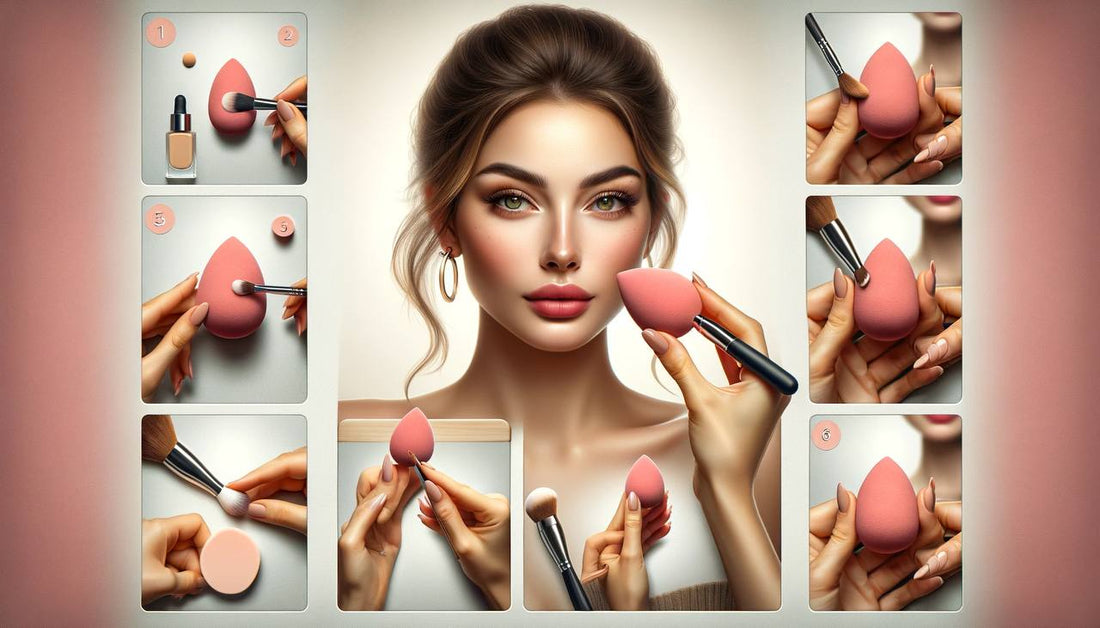
Achieving a flawless, seamless makeup look is the ultimate goal for many makeup enthusiasts. One of the most essential tools for achieving this is the makeup blender, also known as a beauty blender. This revolutionary makeup sponge has become a staple in the beauty industry, revolutionizing the way we apply and blend our makeup.
Using a makeup blender not only ensures a smooth, even application but also helps to create a natural, airbrushed finish. It allows for precise and controlled coverage, blending products seamlessly into the skin without leaving any harsh lines or streaks. With the right technique, a makeup blender can help you achieve a professional-looking makeup application every time.
Understanding Different Types of Makeup Blenders
Makeup blenders come in various shapes, sizes, and materials. Here are some of the most common types and their benefits:
Traditional Makeup Blender
The classic teardrop-shaped sponge, often made of non-latex foam or other soft materials. It is versatile for applying and blending various complexion products like foundation, concealer, blush, etc. The rounded side covers large areas while the pointed tip helps with precision and hard-to-reach spots.
Flat Makeup Blender
A flat, angled sponge designed for precise application and blending in areas like around the nose, under the eyes, etc. The angled shape allows better control and access to these trickier zones.
Mini Makeup Blender
A smaller version of the traditional blender, perfect for targeted application and blending of products around delicate areas like the eyes, nose, and mouth. The mini size offers extra precision.
Silicone Makeup Blender
A non-porous, easy-to-clean option made of silicone. It is ideal for those with sensitive skin or allergies as it doesn't absorb or trap product residue. Silicone blenders provide a seamless, airbrushed finish when stippling and blending liquid and cream products.
The key benefits are that makeup blenders allow for controlled, even application and seamless blending of complexion products without harsh lines or streaks. The different shapes and sizes cater to various application needs and preferences.
Our Step-by-Step Guide to Using a Makeup Blender!
Step 1: Preparing Your Skin
Before using your makeup blender, it's essential to prepare your skin properly:
- Cleanse your face thoroughly to remove any dirt, oil, or impurities.
- Apply a moisturizer suitable for your skin type to create a smooth canvas.
- Use a primer (optional) to help your makeup last longer and create a smooth base.
Step 2: Choosing the Right Foundation
Selecting the right foundation shade is crucial for achieving a natural, seamless look:
- Test shades on your jawline or neck to find the closest match to your skin tone.
- Consider your undertones (cool, warm, or neutral) when choosing a shade.
- If unsure, go for a slightly lighter shade and blend well.
Step 3: Wetting and Priming the Blender
To ensure optimal performance and a flawless finish:
- Run the sponge under clean water until it expands to its full size.
- Squeeze out excess water, leaving the sponge damp but not dripping wet.
- (Optional) Apply a small amount of primer or moisturizer to the sponge.
Step 4: Applying Foundation
- Dot the foundation onto your face in strategic areas.
- Using a bouncing motion, gently press and roll the damp sponge onto your skin to blend.
- Work in sections, blending outwards from the center for an even finish.
Step 5: Blending Concealer and Contour
- Apply concealer under eyes, around the nose, and on blemishes.
- Use the pointed tip to blend concealer seamlessly.
- For contouring, apply product in desired areas (cheekbones, jawline, etc.).
- Use the rounded side to blend the contour shade for a natural, sculpted look.
Step 6: Setting Makeup with Powder
- Lightly dip the sponge into powder, tapping off excess.
- Gently press and roll onto your face, focusing on areas prone to shine.
- The sponge will help press powder into skin for a seamless finish.
Step 7: Blending Blush and Highlighter
- Apply blush or highlighter as desired.
- Use the rounded side to gently blend the product for a diffused look.
- For intense highlights, use the pointed tip for precise application.
Step 8: Cleaning and Maintenance
- After use, rinse the sponge under clean water to remove excess makeup.
- Once a week, deep clean with mild soap or dedicated cleanser.
- Squeeze out water and allow it to air dry completely before storing.
- Replace every few months or when it starts to deteriorate.
Common Mistakes to Avoid When Using Beauty Blender
- Using a dry sponge, which can lead to streaky application.
- Applying too much pressure, which can remove or disrupt makeup.
- Neglecting to clean regularly, leading to bacteria buildup.
- Using wrong motions (swiping or dragging) instead of bouncing and rolling.
Tips and Tricks for Flawless Blending
- Experiment with different sponge shapes and sizes.
- Use the pointed tip for precise application around eyes, nose, and mouth.
- Dampen with setting spray instead of water for a luminous finish.
- Use to blend cream or liquid products before setting with powder.
- For a dewy finish, lightly mist with setting spray before applying powder.
Wrap Up
The makeup blender has revolutionized makeup application, allowing us to achieve a flawless, airbrushed finish with ease. By following this guide and incorporating the tips provided, you can master using a beauty blender and elevate your makeup skills. With practice, you'll develop the skills to create stunning, professional-looking makeup looks using this versatile tool.
FAQ
Questions we just know you want to ask!
How often should I replace my beauty blender?
It's recommended to replace your beauty blender every 3-6 months, or sooner if it starts to deteriorate, tear, or lose its shape. A worn-out sponge won't blend makeup as effectively.
Can I use a beauty blender for cream and liquid products only?
No, beauty blenders can be used with all types of complexion products - creams, liquids, powders, and more. The damp sponge helps powders melt seamlessly into the skin.
Do I need to wet the beauty blender before every use?
Yes, it's best to wet the sponge before each use to ensure smooth, even blending. A dry sponge can cause streaking and patchiness.
How do I clean my beauty blender?
After each use, rinse out the sponge with water. Once a week, lather it up with a mild soap or dedicated beauty blender cleanser and rinse thoroughly. Allow to fully air dry before next use.
Can I cut a beauty blender to make it smaller?
It's not recommended to cut makeup sponges, as this can cause tearing and deterioration. Instead, opt for a mini or precision beauty blender for targeted areas.
Do beauty blenders work with all skin types?
Yes, beauty blenders are suitable for all skin types and tones when used with the proper products and techniques. Those with very oily or dry skin may need to adjust application slightly.






